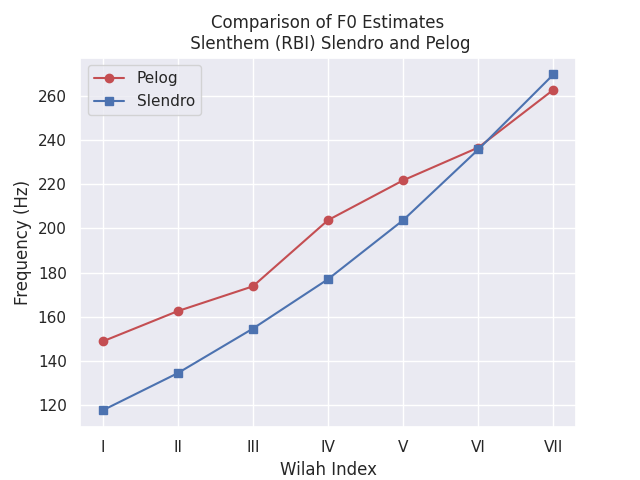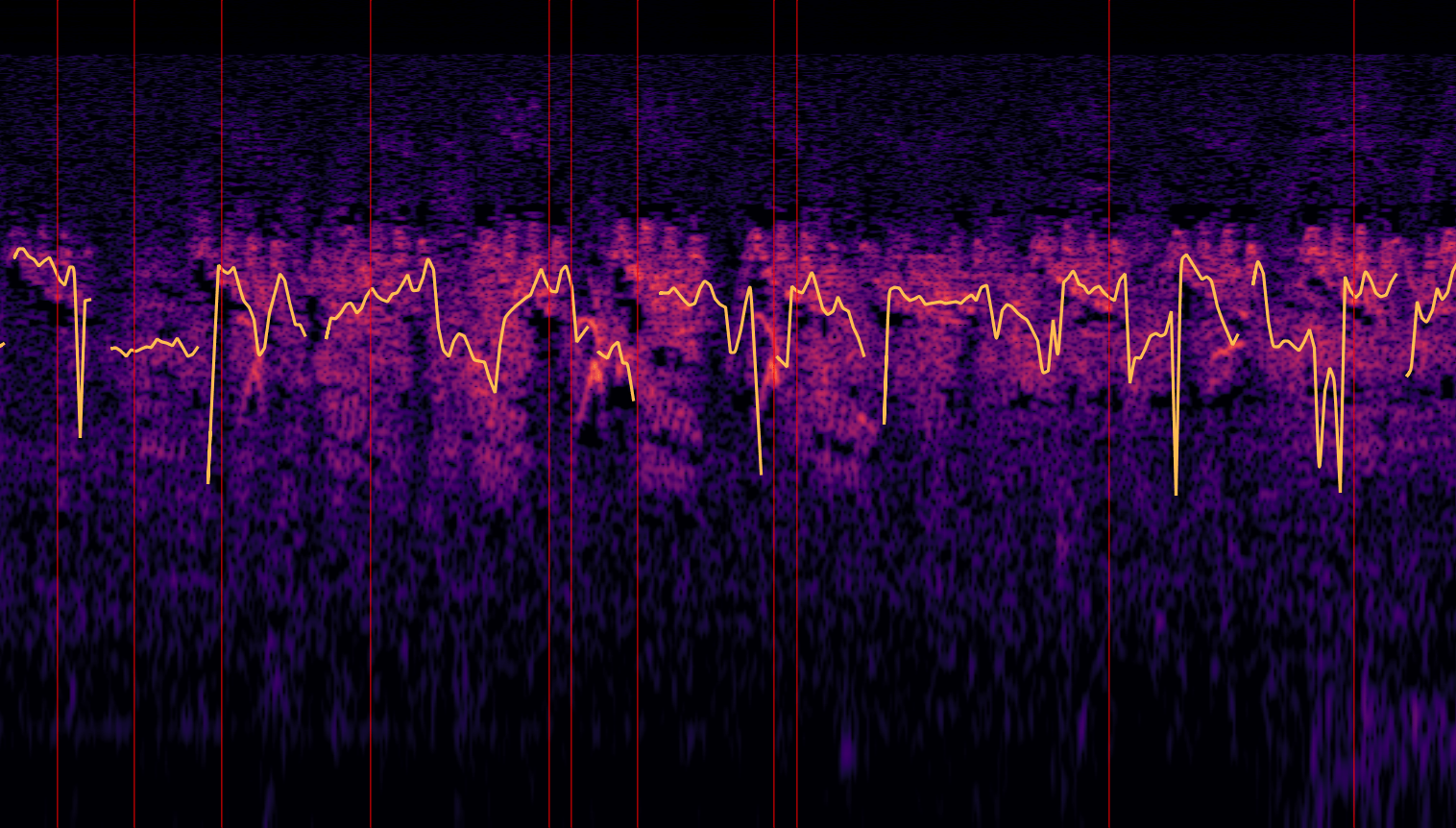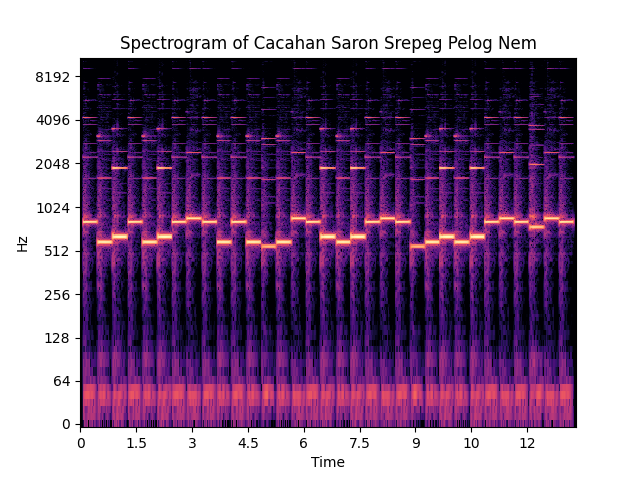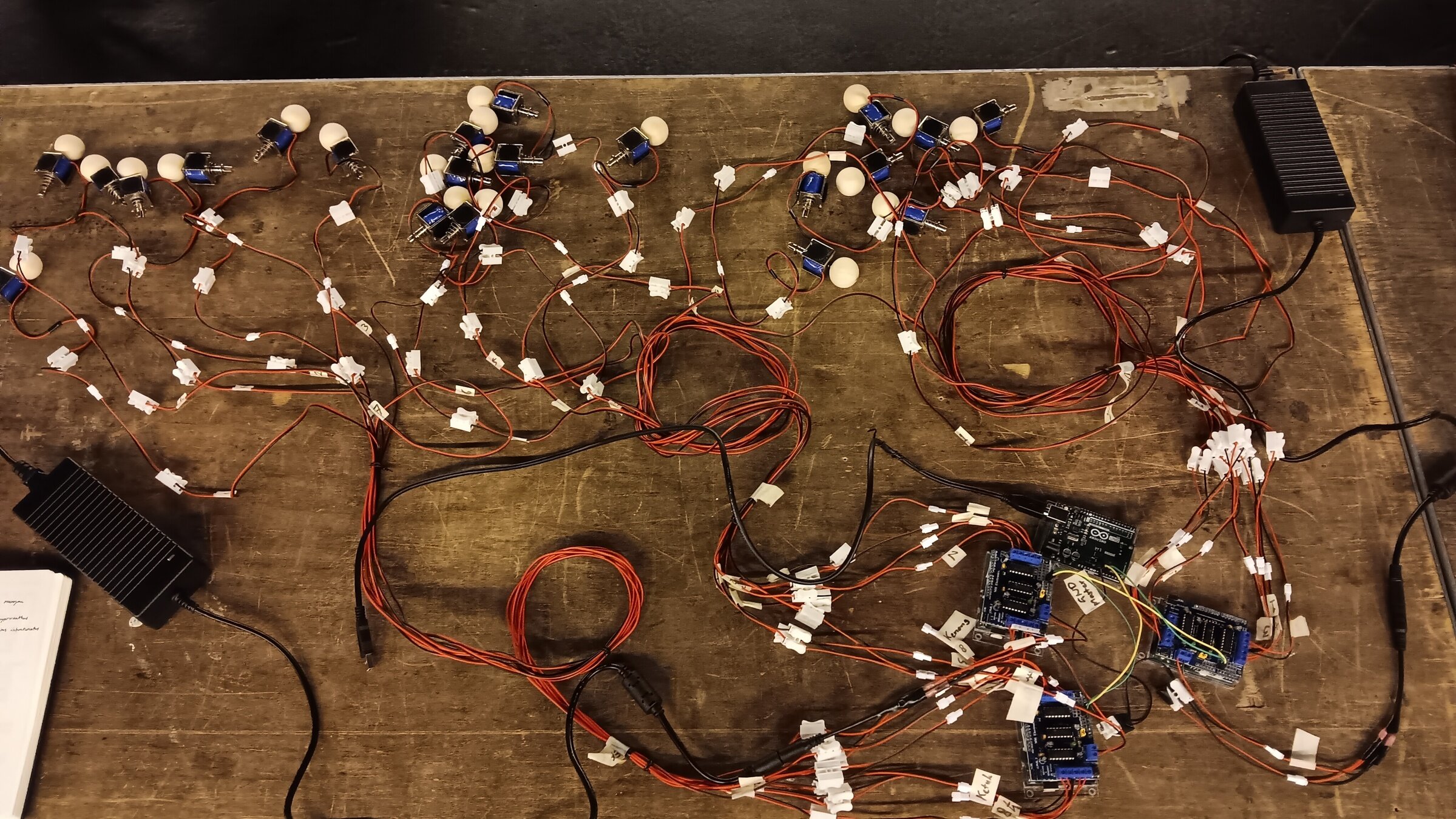[...]
Beyond Dialectics
between Tradition and Innovation
"Indonesian" is a product of the 20th century and should be differentiated from the cultures that preceded it---the Pre-Indonesian.
[...]
We should be conscious that the art is a shadow of a society, even when this often lies far beyond the society itself.
Takdir & Malaka
in Gaung: Unpredictable Resonance
– Conrad Anker
- Adiluhung (of high value)
- Preservation
- Identity
- System and class
Tradition as Thesis
- Practical values
- Adaptation
- Character
- Problems and Progress
Innovation as Antithesis
- Critical values
- Investigation
- Subject
- Knowledge and Contribution
Amalgamation as Synthesis
Ilmu iku kalakone kanthi laku
True knowledge is obtained through one’s practice
In Practice: Knowledge
Pitch Estimate - Slendro & Pelog

Tumbuk
Spectrogram

Peak of Spectral Components

Peak of Spectral Components
| Frequency (Hz) | Ratio | Interval (Cents) | Modulo 1200 Remainder (Cents) |
|---|---|---|---|
| 931.17 | 1.00 | 0 | 0 |
| 1845.14 | 1.98 | 1183 | 1183 |
| 2584.09 | 2.79 | 1770 | 570 |
| 2727.66 | 2.93 | 1861 | 661 |
| 2995.61 | 3.22 | 2024 | 824 |
| 3562.57 | 3.83 | 2325 | 1125 |
| 4333.95 | 4.65 | 2661 | 261 |
| 5633.60 | 6.05 | 3116 | 716 |
Kpy.
Nyp.
Gby.
(Ad.Sr.).
(Kpy.)
(Ad.Mns)
Memayu hayuning bawana
To contribute to the beauty of the world
In Practice: Contribution
- Revaluating values?
- Interpolation?
- Jagad---Universum?
- Analysis and synthesis?
[...] as Re-synthesis?

Sketch for A Thousand Weaverbirds
Interpolating the song of the weaverbirds...

...to the limited plates of the gamelan instrument?
What does the periodic structure of the classical piece Manyarsewu...

...has in common with the song of the weaverbirds?


Between the corporeality of nature...

...and the spirituality of the machine.
We have a lot of works to do